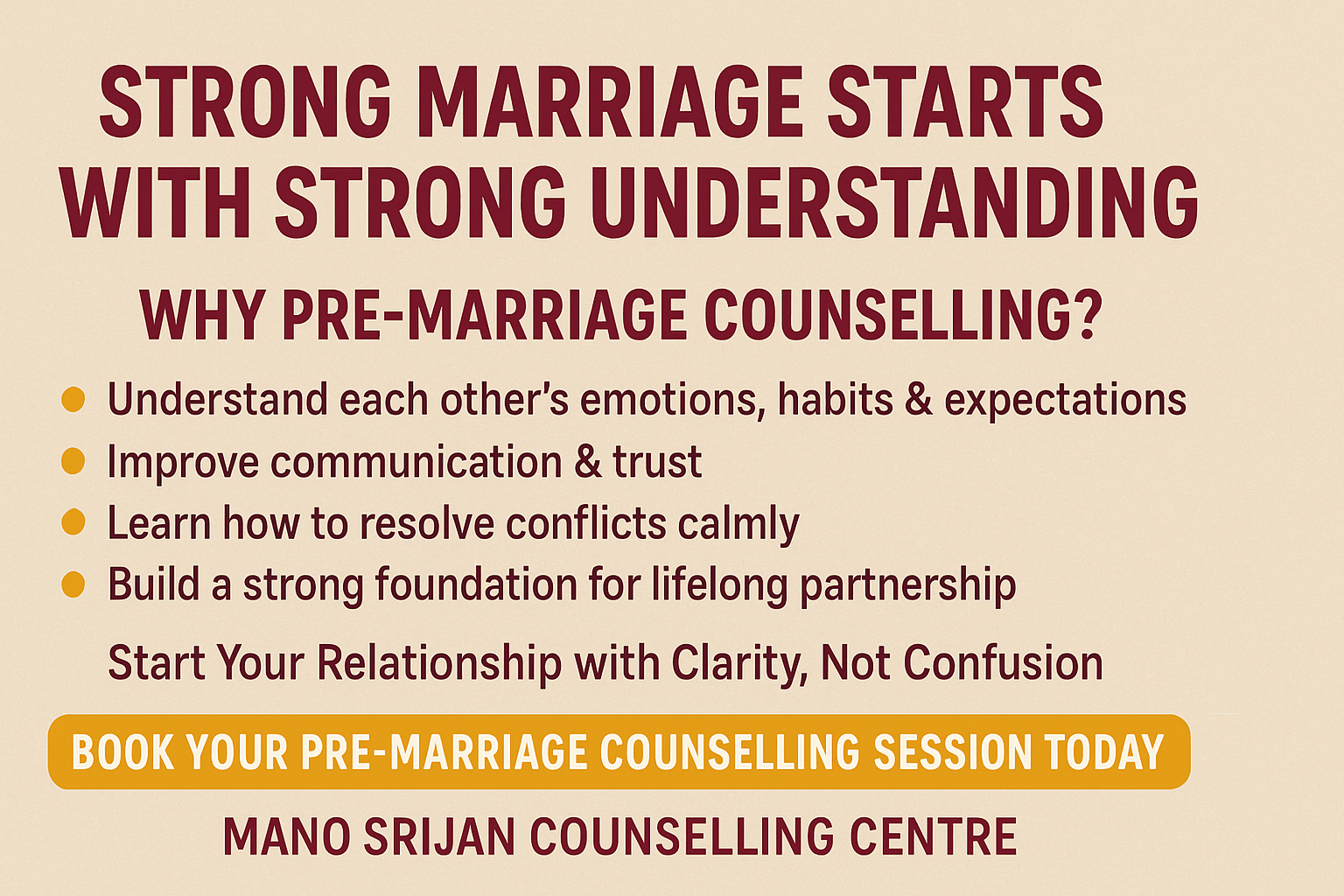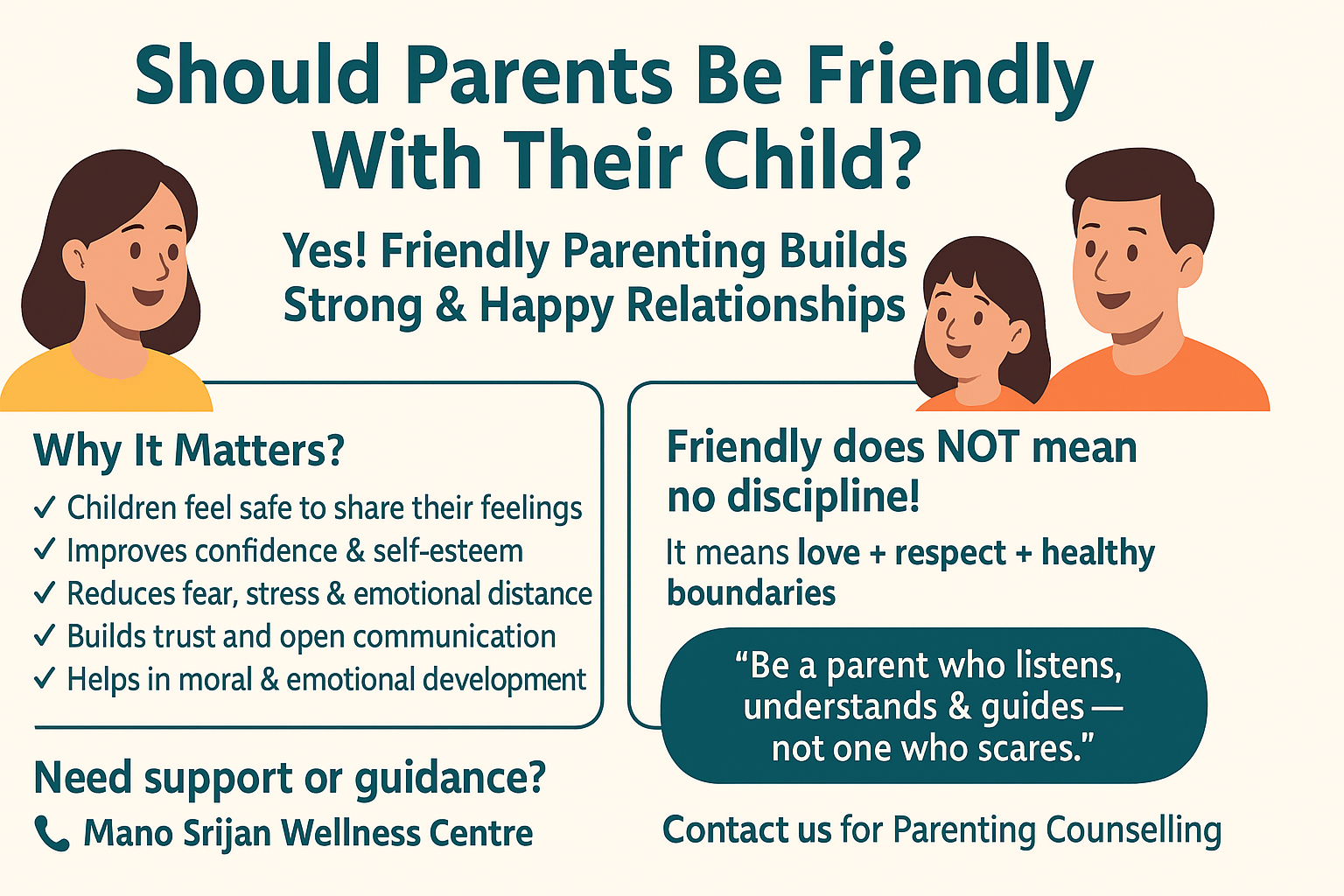
- 01 Jan 2025
- Psy. Ashish Pandey
How to Manage Night Terror
Night terrors, also known as sleep terrors, are a mysterious and distressing sleep disorder that affects both children and adults. Unlike nightmares, which occur during REM sleep and are remembered upon waking, night terrors happen during non-REM sleep and often leave the individual with no recollection of the event. Let’s explore the world of night terrors, their causes, and how they can be managed.
What Are Night Terrors?
Night terrors are episodes of intense fear and
confusion that occur during the first few hours of sleep. The individual may
suddenly sit up, scream, thrash, or exhibit signs of extreme panic. Despite
their outward appearance of distress, they are often unresponsive to attempts
to comfort or wake them.
Types of Night Terrors
Night terrors can manifest in different forms, often
reflecting underlying causes or triggers:
- Partial
Arousal Terrors: The most common type, where the
individual partially awakens in a state of fear and confusion.
- Confusional
Arousals: These episodes involve disoriented
or agitated behavior, often without full awakening.
- Sleepwalking-Associated
Terrors: In some cases, night terrors can
lead to sleepwalking, where the individual performs actions while still in
a sleep-like state.
- Trauma-Induced
Night Terrors: Triggered by traumatic experiences
or PTSD, these terrors are often linked to stress and emotional
disturbances.
- Health-Related
Terrors: Episodes that arise due to medical
conditions like sleep apnea or high fever.
Causes of Night Terrors
The exact cause of night terrors isn’t fully
understood, but several factors may contribute:
- Sleep
Deprivation: A lack of adequate sleep can
increase the likelihood of night terrors.
- Stress
and Anxiety: High levels of stress or anxiety
can trigger episodes.
- Genetics:
A family history of night terrors or other parasomnias may increase
susceptibility.
- Underlying
Health Issues: Conditions like sleep apnea,
restless leg syndrome, or fever can contribute.
- Medications
or Substance Use: Certain medications or
substances can disrupt sleep patterns and lead to night terrors.
Symptoms of Night Terrors
Common signs include:
- Sudden,
intense screaming or crying during sleep
- Sitting
up in bed or appearing frightened
- Sweating,
rapid breathing, or a racing heartbeat
- Difficulty
waking the individual
- No
memory of the episode upon waking
Who Is Affected?
Night terrors are most common in children between
the ages of 3 and 12, but they can also affect adults. In children, the
condition is often outgrown with age. For adults, night terrors may be linked
to underlying mental health conditions, stress, or other sleep disorders.
How to Manage Night Terrors
While night terrors can be alarming, there are ways
to address them:
- Ensure
Proper Sleep: Maintain a consistent sleep
schedule and ensure adequate rest.
- Reduce
Stress: Engage in relaxation techniques
such as meditation, yoga, or deep breathing before bed.
- Create
a Safe Environment: Remove potential hazards from
the sleeping area to prevent injury during an episode.
- Consult
a Doctor: If night terrors persist or are
linked to other health concerns, seek professional advice. A sleep
specialist may recommend therapies or lifestyle changes.
- Consider
Therapy: Cognitive Behavioral Therapy (CBT)
or other counseling methods can help manage stress and anxiety.
Night Terrors vs. Nightmares
It’s important to differentiate between night terrors and nightmares. Nightmares are vivid dreams that occur during REM sleep and are usually remembered. Night terrors, on the other hand, involve physical manifestations of fear during non-REM sleep and are not typically remembered.
Night terrors can be distressing for both the
individual experiencing them and their loved ones. Understanding the causes and
implementing coping strategies can significantly reduce their impact. If you or
someone you know struggles with night terrors, remember that help is available,
and managing the condition is possible with the right approach.






